JOHN RISING RA (British, 1756-1815). “Portrait of Admiral Mariot Arbuthnot”, circa 1785. Oil on canvas, 30" x 25", within carved and gilded frame. Mariot Arbuthnot (1711-1794) was a British admiral who commanded the Royal Navy’s North American station during the American War for Independence. A native of Weymouth, England, Arbuthnot entered the Royal Navy in the late 1720s, became a lieutenant in 1739 and commander in 1746. That year, he captured two French privateers while in command of the HM Sloop Jamaica and was promoted to post captain in 1747. In 1759, he commanded HMS Portland during the decisive battle of Quiberon Bay, which established British naval supremacy and contributed to the fall of New France (Canada) to British forces. From 1775 to 1778, he was naval commissioner resident at Halifax and served as Lieutenant Governor of Nova Scotia, 1776-1778. On 19 March 1779, he was named Vice Admiral of the Blue and later than year, appointed commander-in-chief on the American station. In December 1779, Arbuthnot conveyed the troops of Sir Henry Clinton to Charleston, South Carolina, and cooperated with him in laying siege to that city. On 26 September 1780 he was promoted to Vice Admiral of the White and in early March 1781, sailed his fleet out of New York in pursuit of a French one under Admiral Destouchesthat had sailed from Newport, Rhode Island to support American operations against the British expeditionary force in Virginia. Arbuthnot's fleet outsailed that of Destouches, reaching the Virginia Capes just ahead of Destouches on 16 March. After maneuvering for several hours, the battle was joined; both fleets suffered damage and casualties without losing any ships. However, Arbuthnot was positioned to enter the Chesapeake as the fleets disengaged, frustrating Destouches' objective. Destouches returned to Newport, while Arbuthnot successfully achieved the landing of 2000 reinforcements for the British under Major General Benedict Arnold before reembarking for New York and returning to England shortly thereafter. Aged and infirm, the 1781 campaign concluded Arbuthnot’s active naval career, although ee advanced by seniority to become, on 1 February 1793, Admiral of the Blue and died in London the following year. John Rising was a successful portrait and subject painter who was a regular exhibitor at the Royal Academy from 1785 until his death in 1815. Among many distinguished persons who sat to him were William Wilberforce, Lord Melville, Lord Nelson, and Sir William Blackstone. His portraits are pleasing in colour and executed with great truth and vigour; many of them have been engraved. Rising also painted various fancy and domestic subjects, such as ‘Juvenile Employment,’ ‘Ballad Singers,’ the ‘Sentimental Shepherd,’ and the ‘Infant Narcissus,’ some of which were mezzotinted by W. Ward J. Jones, and others. Rising is said to have at one time assisted Sir Joshua Reynolds with the backgrounds of his pictures. CONDITION: Painting recently cleaned and revarnished by a professional conservator (report accompanies the painting) and mounted in a custom, reproduction frame; only a few minor, scattered spots of inpainting, mostly along edges of stretcher. JLK This is not a standard shippable item and will require 3rd party shipping or pickup arrangements to be made. Item Dimensions: 38 x 33 x 4" Name Value Paperwork
JOHN RISING RA (British, 1756-1815). “Portrait of Admiral Mariot Arbuthnot”, circa 1785. Oil on canvas, 30" x 25", within carved and gilded frame. Mariot Arbuthnot (1711-1794) was a British admiral who commanded the Royal Navy’s North American station during the American War for Independence. A native of Weymouth, England, Arbuthnot entered the Royal Navy in the late 1720s, became a lieutenant in 1739 and commander in 1746. That year, he captured two French privateers while in command of the HM Sloop Jamaica and was promoted to post captain in 1747. In 1759, he commanded HMS Portland during the decisive battle of Quiberon Bay, which established British naval supremacy and contributed to the fall of New France (Canada) to British forces. From 1775 to 1778, he was naval commissioner resident at Halifax and served as Lieutenant Governor of Nova Scotia, 1776-1778. On 19 March 1779, he was named Vice Admiral of the Blue and later than year, appointed commander-in-chief on the American station. In December 1779, Arbuthnot conveyed the troops of Sir Henry Clinton to Charleston, South Carolina, and cooperated with him in laying siege to that city. On 26 September 1780 he was promoted to Vice Admiral of the White and in early March 1781, sailed his fleet out of New York in pursuit of a French one under Admiral Destouchesthat had sailed from Newport, Rhode Island to support American operations against the British expeditionary force in Virginia. Arbuthnot's fleet outsailed that of Destouches, reaching the Virginia Capes just ahead of Destouches on 16 March. After maneuvering for several hours, the battle was joined; both fleets suffered damage and casualties without losing any ships. However, Arbuthnot was positioned to enter the Chesapeake as the fleets disengaged, frustrating Destouches' objective. Destouches returned to Newport, while Arbuthnot successfully achieved the landing of 2000 reinforcements for the British under Major General Benedict Arnold before reembarking for New York and returning to England shortly thereafter. Aged and infirm, the 1781 campaign concluded Arbuthnot’s active naval career, although ee advanced by seniority to become, on 1 February 1793, Admiral of the Blue and died in London the following year. John Rising was a successful portrait and subject painter who was a regular exhibitor at the Royal Academy from 1785 until his death in 1815. Among many distinguished persons who sat to him were William Wilberforce, Lord Melville, Lord Nelson, and Sir William Blackstone. His portraits are pleasing in colour and executed with great truth and vigour; many of them have been engraved. Rising also painted various fancy and domestic subjects, such as ‘Juvenile Employment,’ ‘Ballad Singers,’ the ‘Sentimental Shepherd,’ and the ‘Infant Narcissus,’ some of which were mezzotinted by W. Ward J. Jones, and others. Rising is said to have at one time assisted Sir Joshua Reynolds with the backgrounds of his pictures. CONDITION: Painting recently cleaned and revarnished by a professional conservator (report accompanies the painting) and mounted in a custom, reproduction frame; only a few minor, scattered spots of inpainting, mostly along edges of stretcher. JLK This is not a standard shippable item and will require 3rd party shipping or pickup arrangements to be made. Item Dimensions: 38 x 33 x 4" Name Value Paperwork
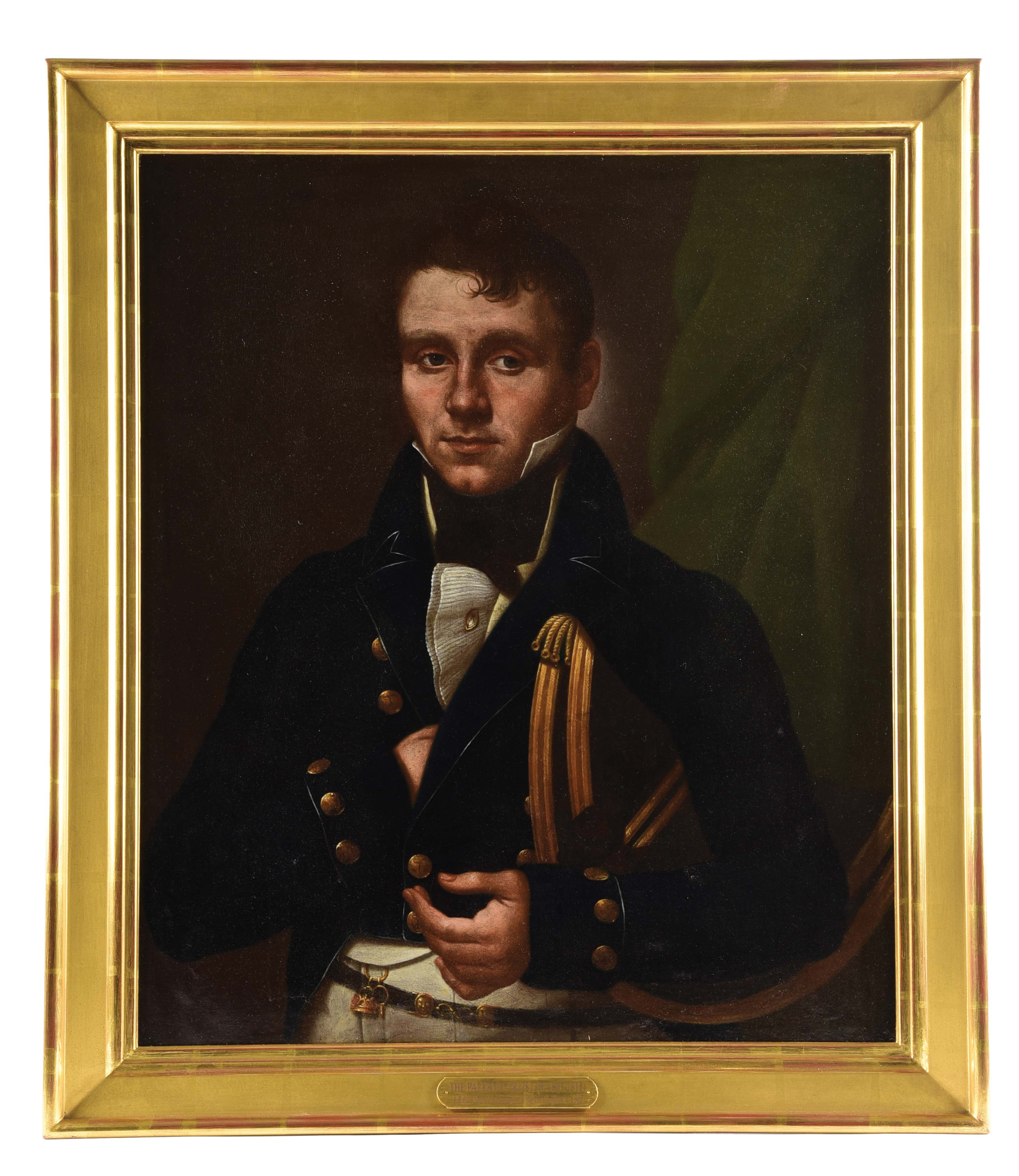
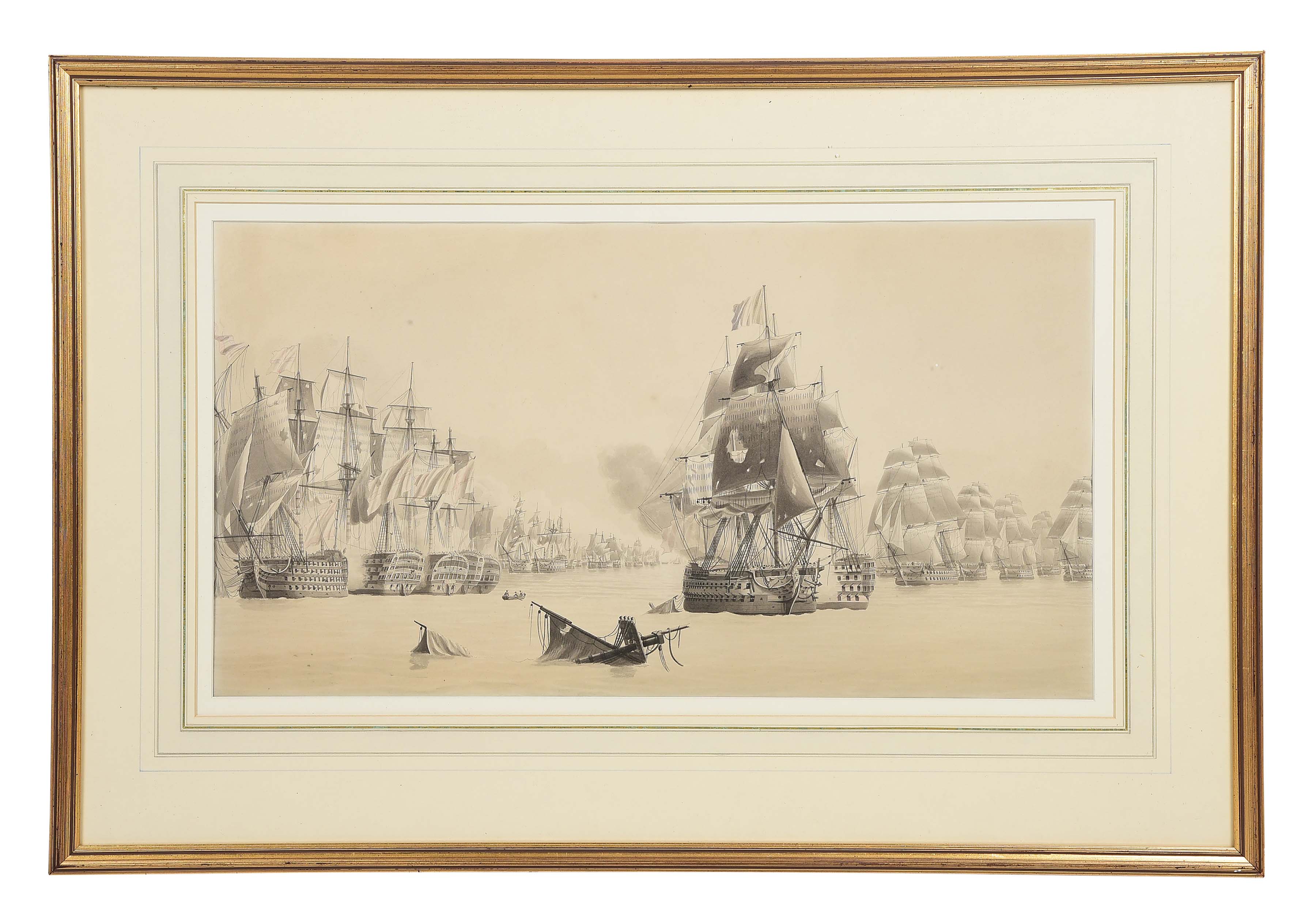
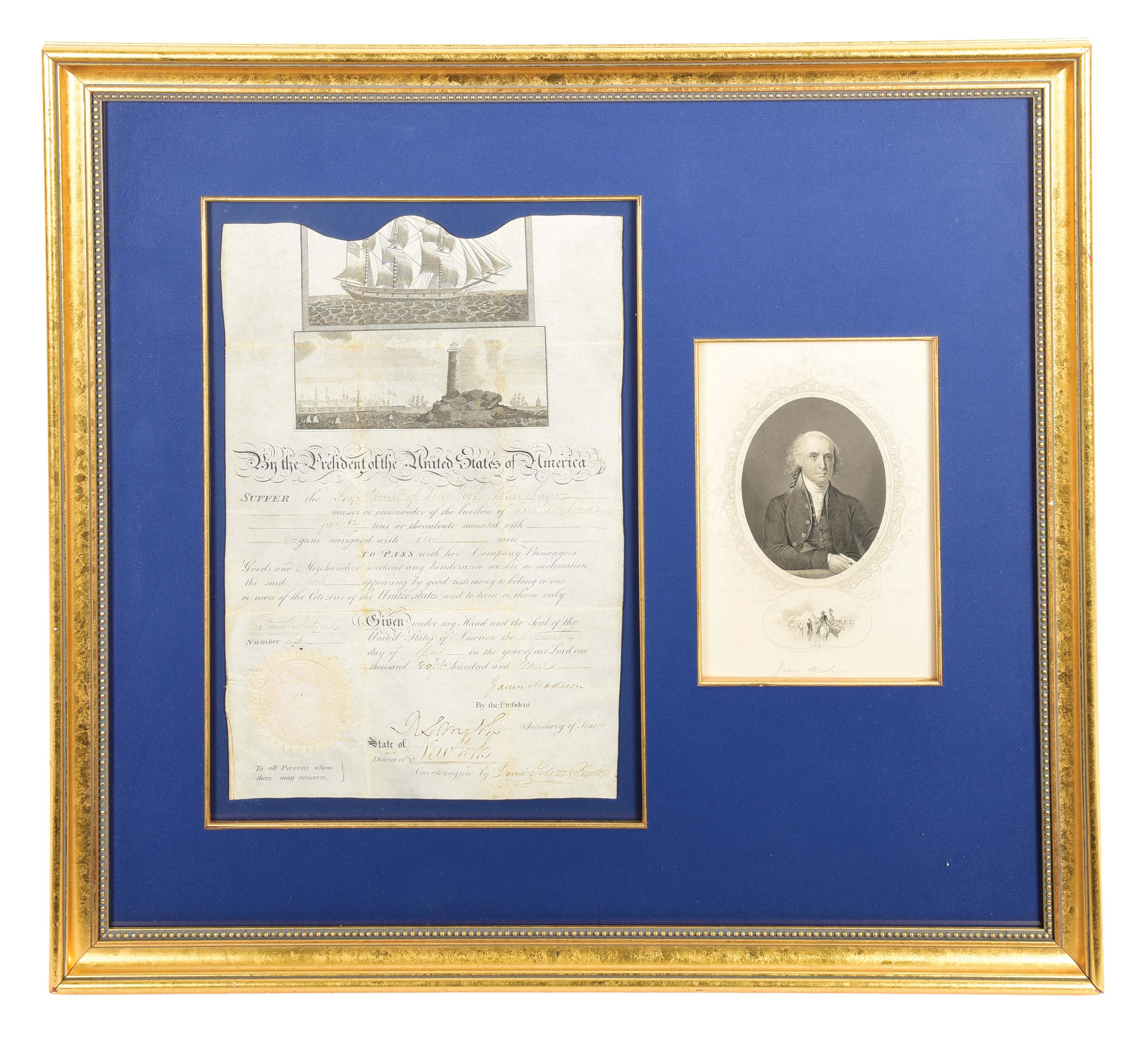
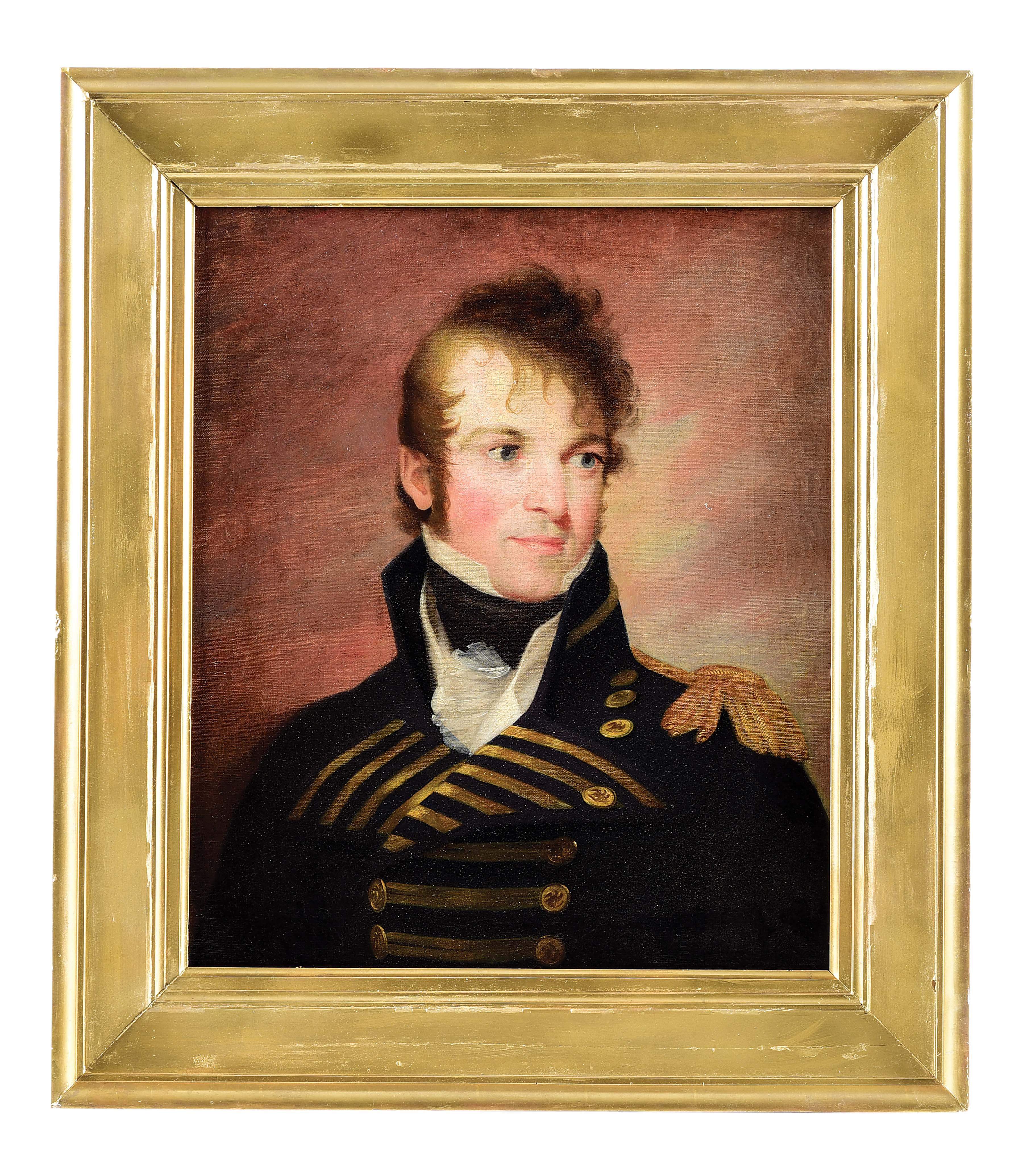

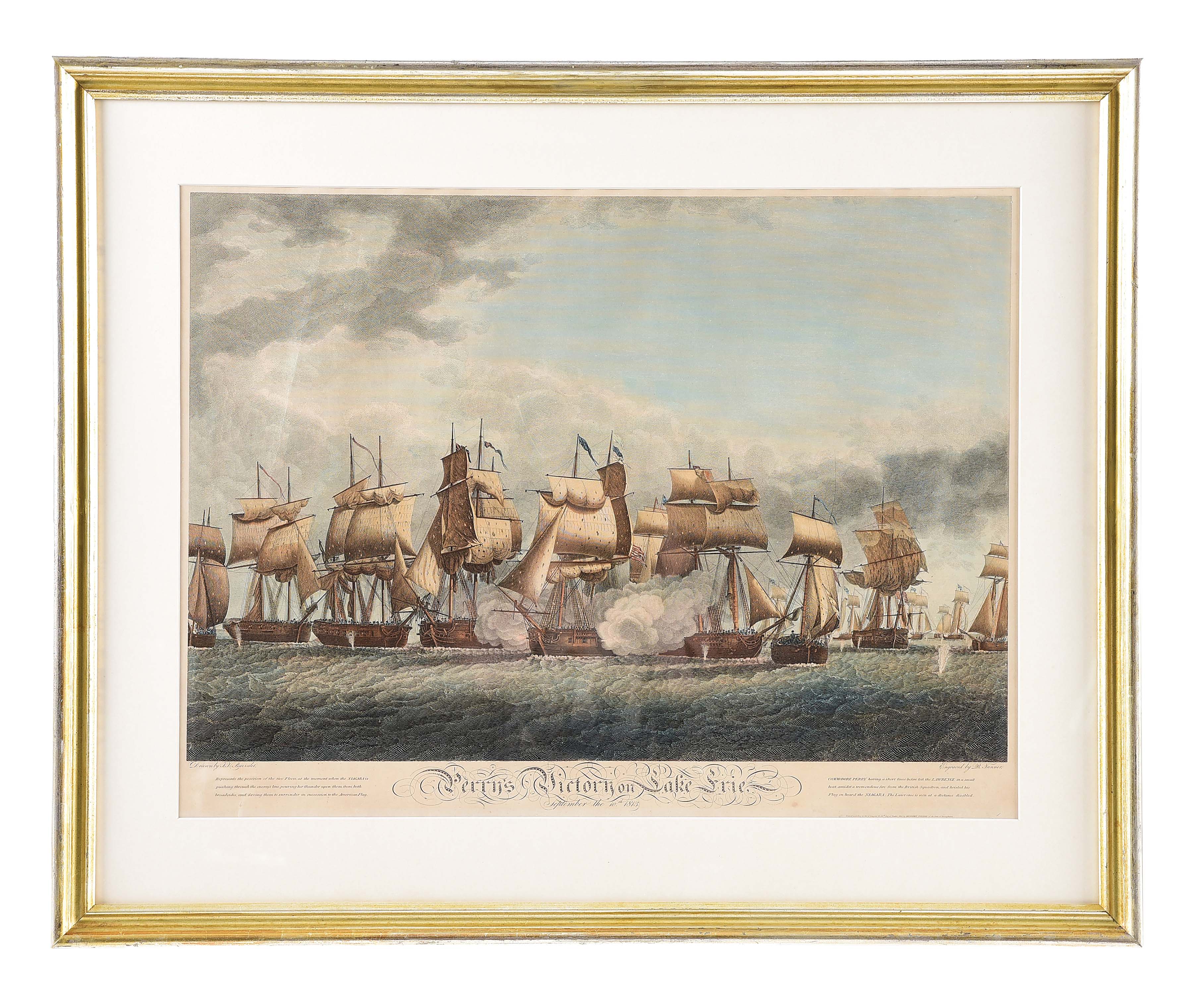

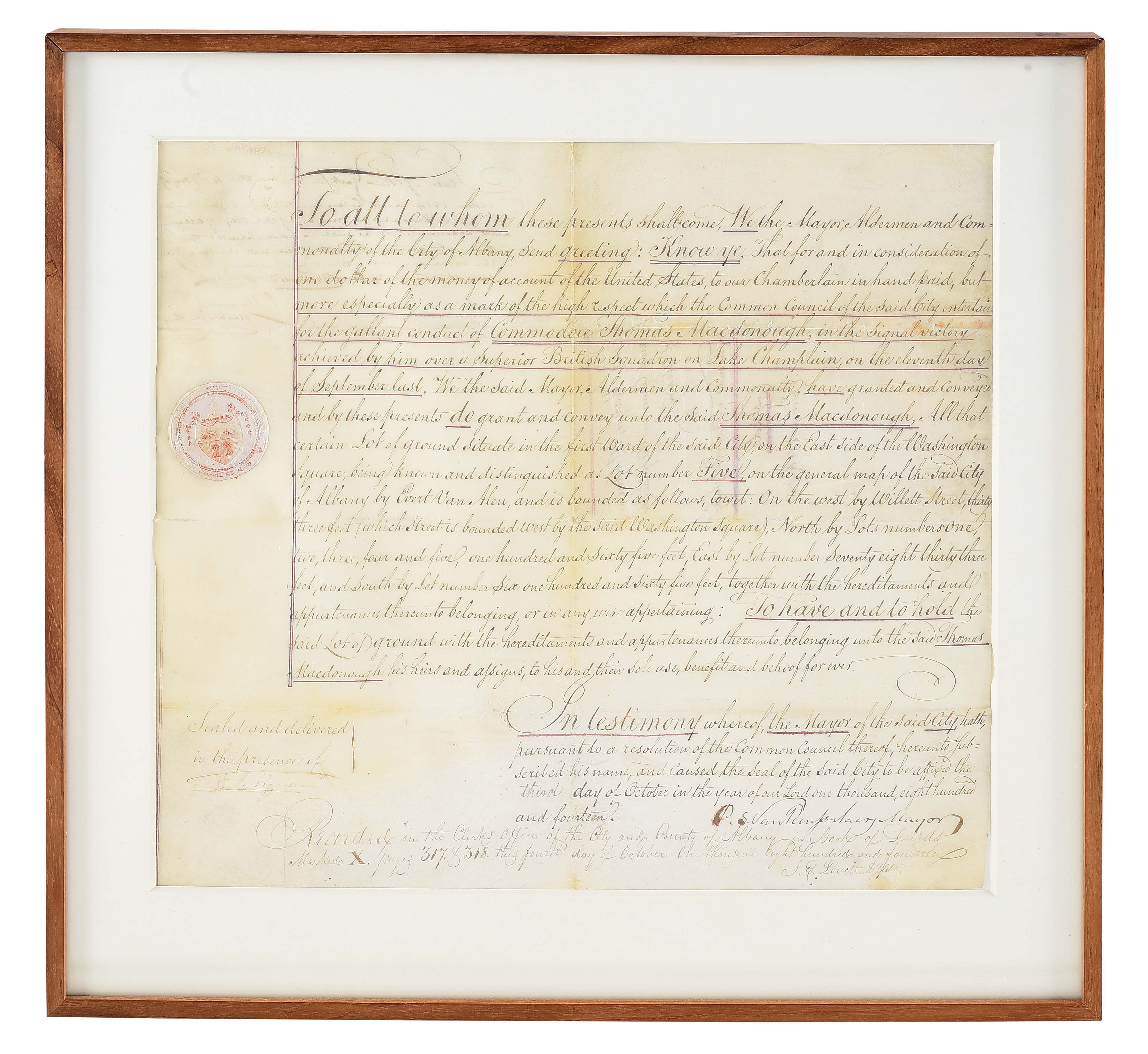
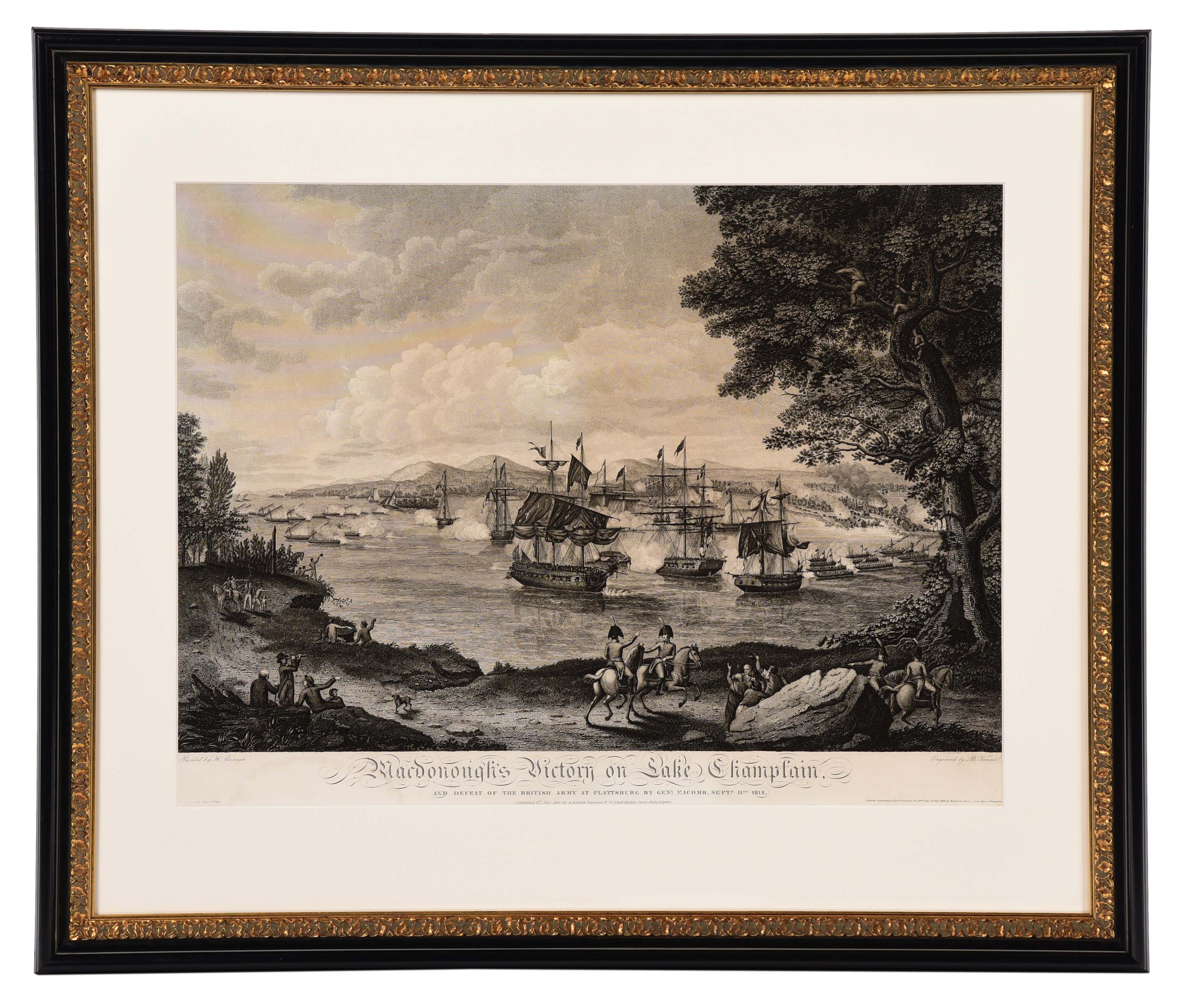
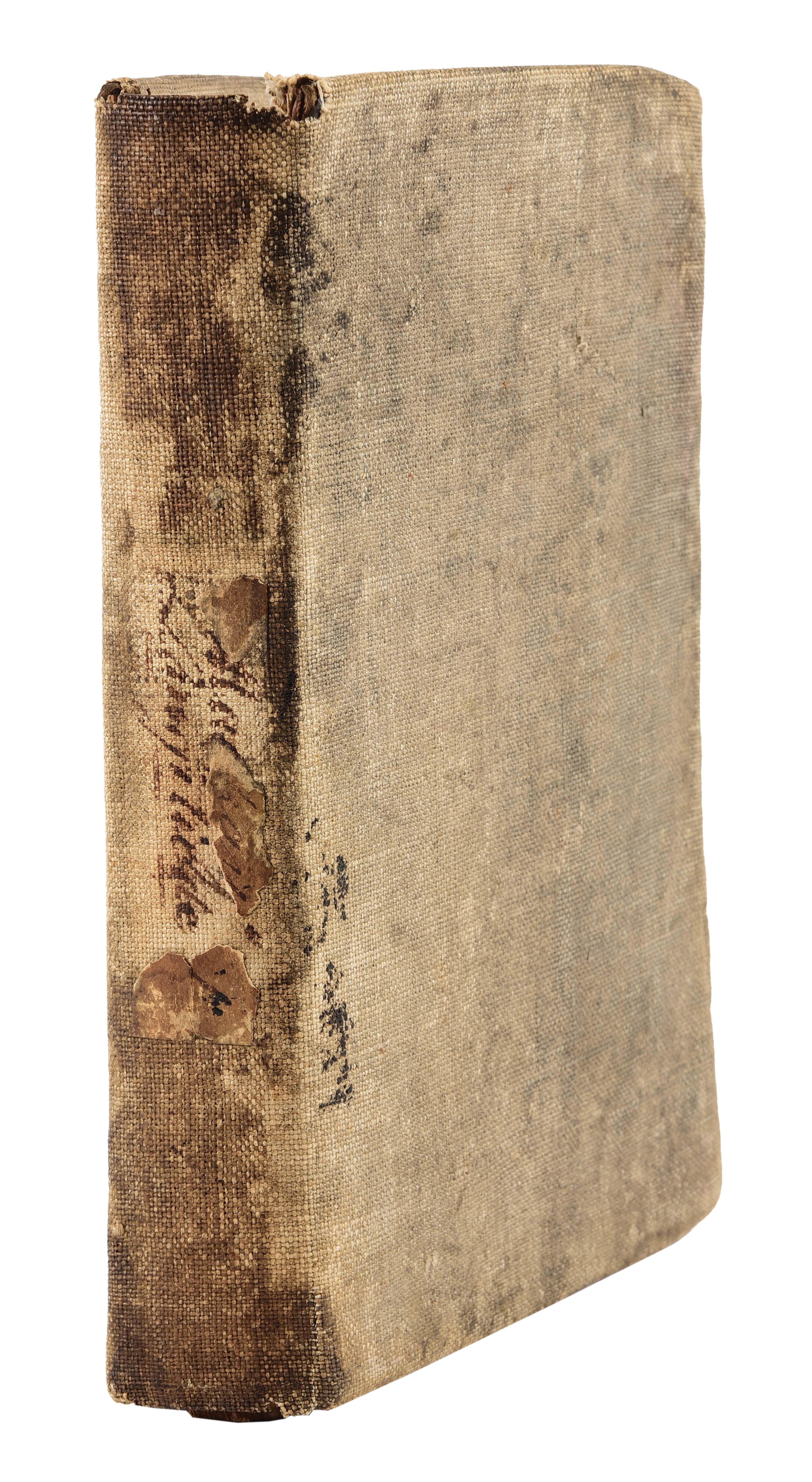
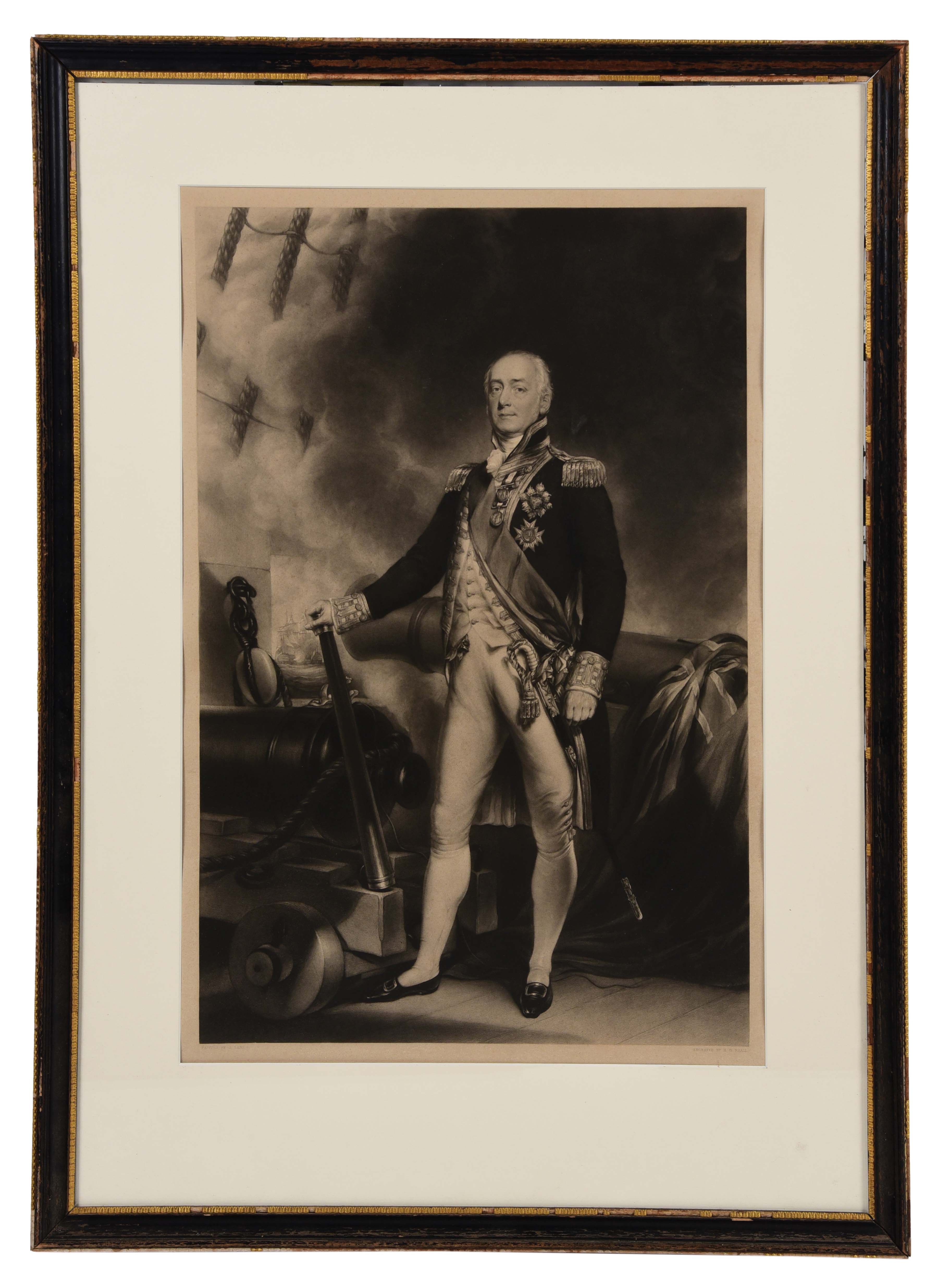
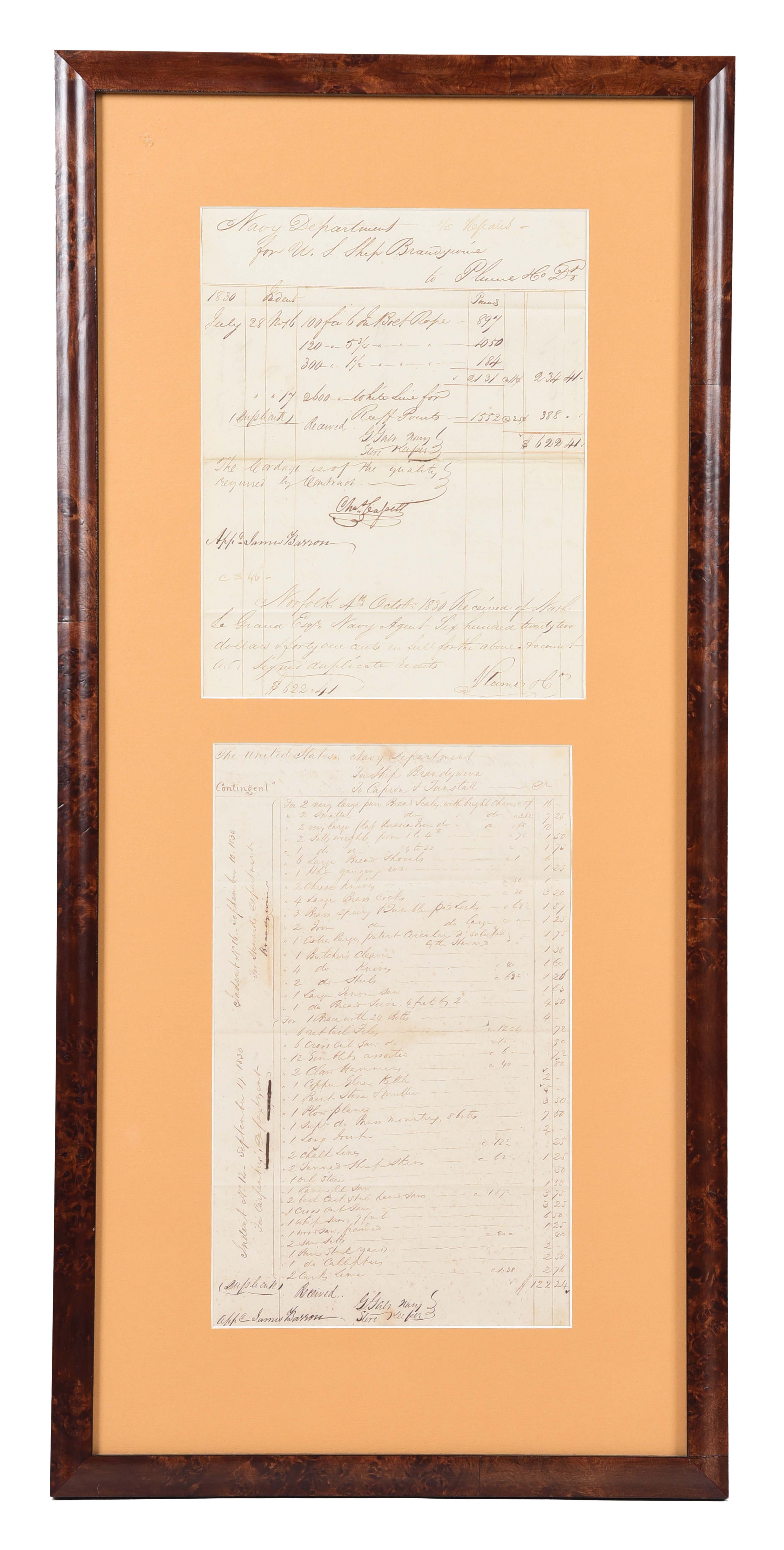

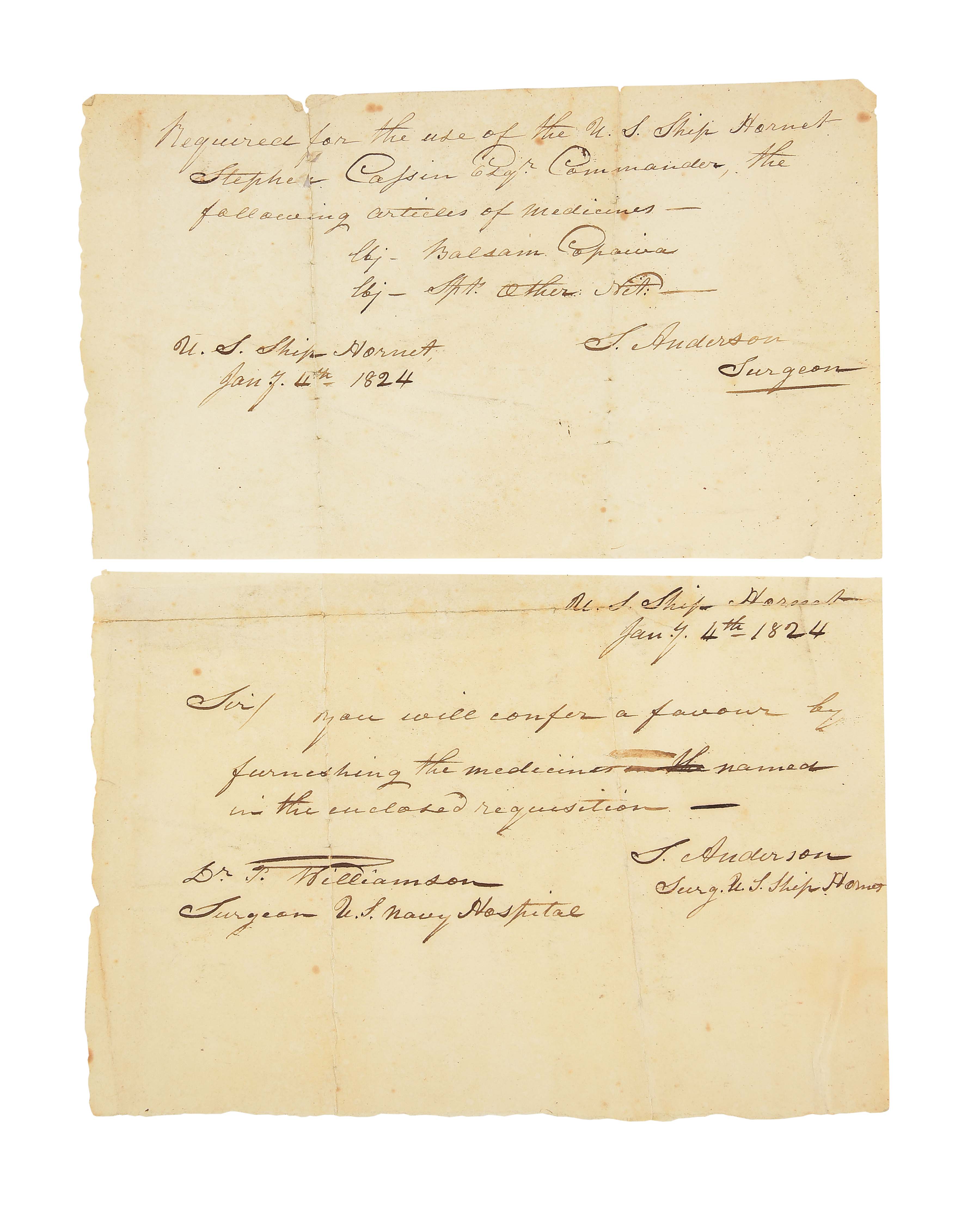
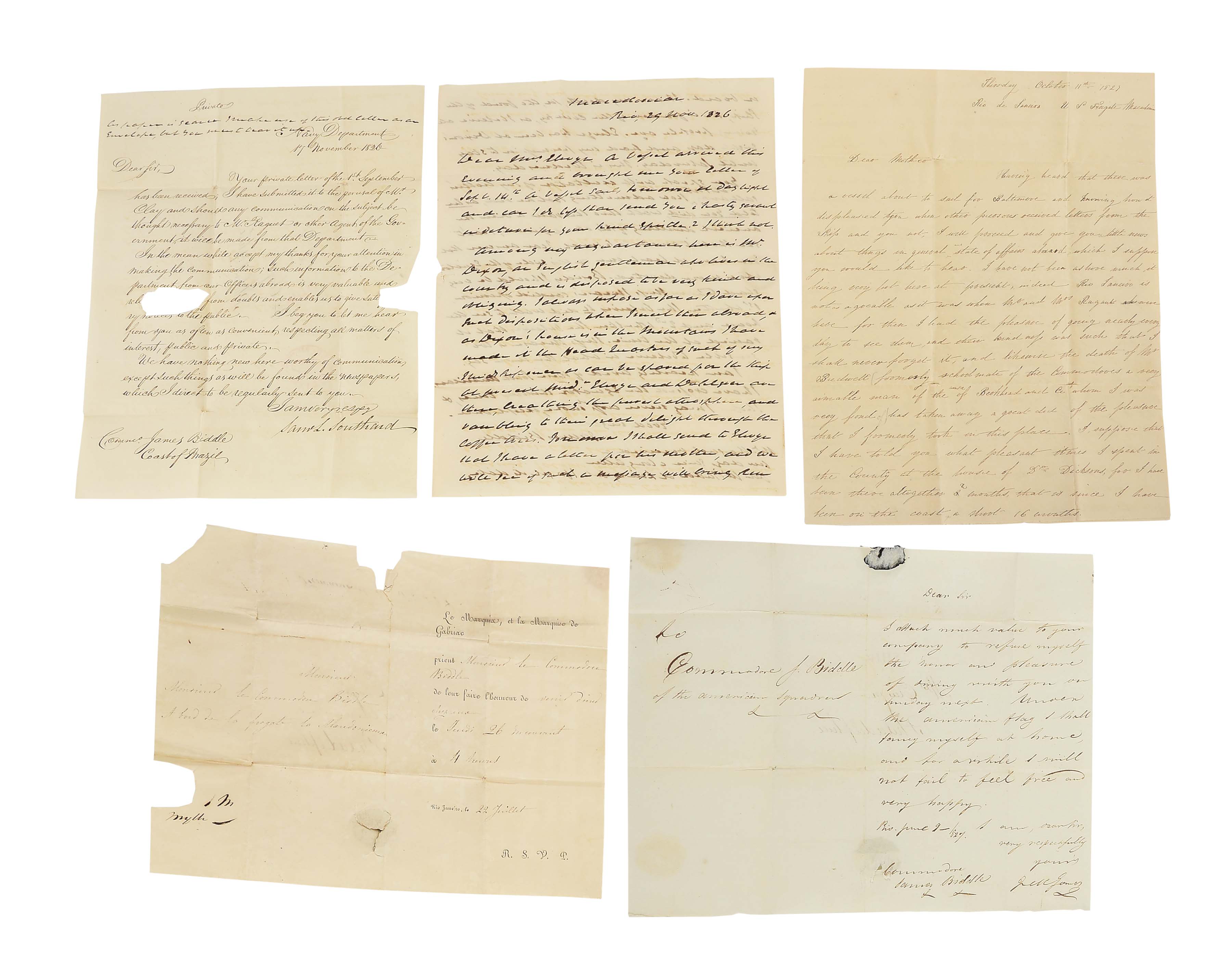
Testen Sie LotSearch und seine Premium-Features 7 Tage - ohne Kosten!
Lassen Sie sich automatisch über neue Objekte in kommenden Auktionen benachrichtigen.
Suchauftrag anlegen